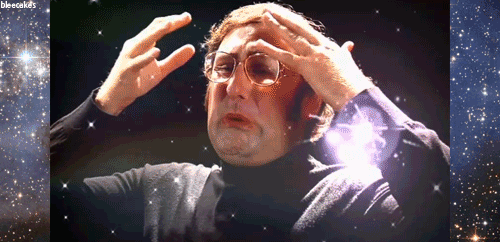Today I spoke with my therapist and reflected on our ten days in NYC. I told her about the experiences I had in the big city and about all the artwork I had seen. I told her about the group of individuals that I bonded with throughout the ten days. What stood out to me most about the trip was our ability to talk about art, as art or art history students. I felt we had a common ground to discuss the artwork and to appreciate it with a similar perspective as students who appreciate art. It felt nice to have a group of people to see and talk about art with, because back home, I don’t really have that. It was quite nice to come into this class as almost strangers, to becoming roommates in a twelve person room, to becoming friends with a common experience.
Being in NYC reassured me about my artwork and my experiences in my courses. NYC and my classmates reassured me that I as well as my artwork are constantly evolving, and will continue to evolve as time goes on. Things can only go up from here. Things can only get better. Cheers to the first Metro Art Access class!









